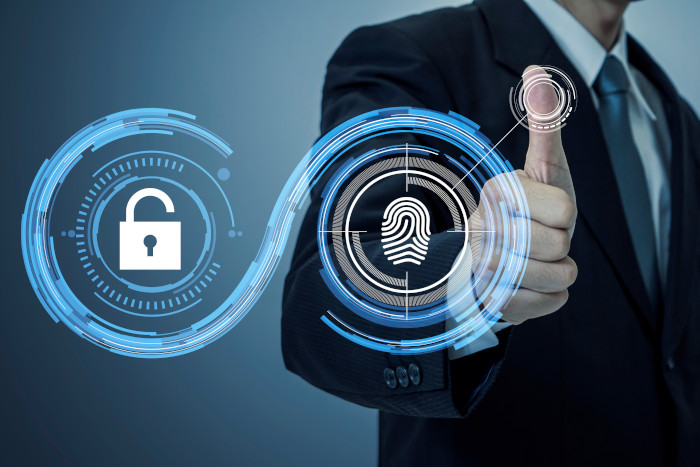What Is Authentication?


Authentication is used to verify a user’s identity to protect against data breaches. But how do you authenticate someone’s ID? There are a number of ways.
What is an example of authentication? A common example of authentication would be a username and password someone would use when logging into a website. However, there are much more complex authentication processes including biometrics and token authentication.
Authentication is the process of proving that a user is who they claim to be to access system resources or features. Typically, this calls for some type of proof, whether that is a physical piece of information, a secret piece of information or some other immutable form of evidence.
Note that “authentication” is not the same as “identification”. Identification is the creation and establishment of an identity within a given context, while authentication is the verification of a user through the use of that identity and associated credentials.
This isn’t to mention the completely different case of “authorization” that determines user permissions to access resources. In this case, a user in your network or IT systems. Authentication is the process of verifying a user matches a given identity. Therefore, to authenticate a user is to compare credentials against existing identities to confirm access.
Authentication works by collecting credentials from users that are connected to a digital identity. If those credentials match the credentials in the system, the user is authenticated and given access to the system.
With that in mind, several types of authentication credentials can be linked to accounts to determine that they are who they say they are:
With all the different authentication types available, it would seem likely that any one would work. But many of these approaches have drawbacks, whether that’s because of lack of security, poor user experience or costs. That’s why many systems use different “factors”, or combinations of types.
Essentially, authentication breaks down into three different factors:
While these are the most common factors, others are quickly becoming the norm. Some, like location factor (using device location information) or time factor (using system clock information) are refining authentication based on factors like the time of day or proximity to a location.
With the factors in place, your organization can then combine these into either Two-Factor Authentication (2FA) or Multi-Factor Authentication (MFA). While 2FA (using only two authentication factors) is more limited, 2FA is essentially under the umbrella of MFA.
In either case, using MFA means that you use multiple, specific methods of different factors to increase security and better ensure the integrity of the authentication. For example, a common form of MFA is to require the user to enter a name and password (knowledge), and then ask for a follow-up code that was auto-generated and sent via SMS (possession).
Or, to link access to more hard-to-fake credentials, the user can enter a password and link it to a facial scan through their phone’s camera.
2FA is very common for user accounts. However, many enterprise systems call for more forms of authentication, sometimes without bothering the user (for example, generating tokens after password and biometric login, or requiring a physical badge and a fingerprint scan).
In many cases, this is how machine authentication works–instead of requiring user input, the authentication system can simply take a token from an authenticated device.
With 1Kosmos, you can implement passwordless authentication utilizing some of the most advanced technology available, including:
With 1Kosmos, you can deploy secure, reliable and integrated passwordless authentication for your entire system. To learn how, discover more on why authentication is important. Also, sign up for the email newsletter to stay up to date on 1Kosmos products and services.